Electric cars in the Philippines are becoming increasingly prevalent as a more efficient, more environmentally friendly option to conventional cars powered by gasoline. Both enterprises and auto aficionados are interested in the potential circulation of electric automobiles in the country. An increasing number of automakers are putting battery-powered cars on Philippine roads due to the country’s ongoing oil price hike and the need to combat greenhouse gas emissions.
Perceiving electric cars as the automobile of the next generation, lawmakers and many large local corporations in the Philippines are making every effort to encourage the country’s transition to electrically powered cars. Let’s drive closer to knowing some of the best electric cars in the Philippines through this article.
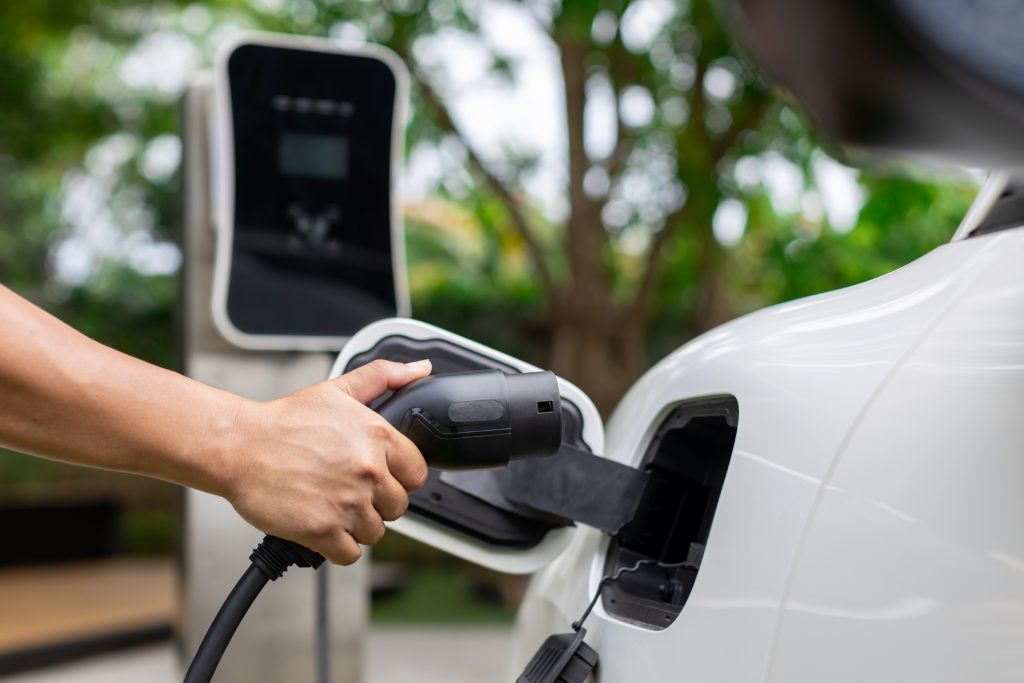
What is an Electric Car?
Fully electric cars, often known as BEVs or EVs, run on a massive battery that drives several motors rather than petrol. While novel designs are developed, the cruising distance of all-electric vehicles may increase from 80 to over 300 miles.
What are Plug-in Electric Vehicles?
Hybrids that use plug-in technology have batteries that are smaller than those of fully electric vehicles. The automobile converts to gas and operates like a regular car once its electric range is depleted.
What is the EVIDA Law?
The Electric Vehicle Industry Development Act (EVIDA Law), also known as Republic Act No. 11697, is legislation that represents the government’s suggested remedy for the steadily rising cost of petrol. It not only establishes the legal foundation and a thorough operating manual for electric cars in the Philippines, but it also sets rules for their production, importation, building, installation, upkeep, and commerce.
Are Electric Cars in the Philippines Legal?
According to Executive Order 488, the country’s transportation system may become more energy-efficient by utilizing hybrid and electric automobiles. Executive Order 488 further states that the government is able to adjust the current importation tariffs on vehicles that are electric or hybrid. The materials, devices, and equipment needed to assemble electric cars in the Philippines are included in this executive order.
The Top Five
Nissan LEAF
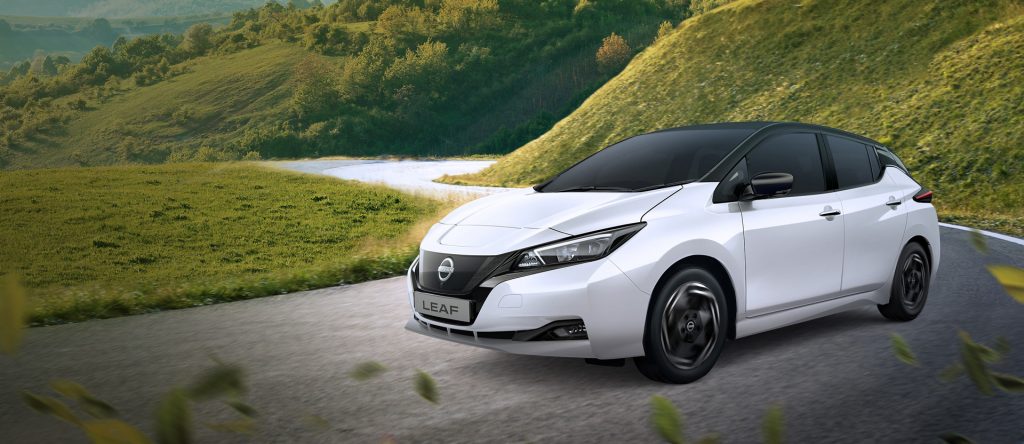
With Nissan Intelligent Mobility technologies, this vehicle enables a more efficient and secure trip anywhere. You can drive this car for 311 kilometers on a single fully charged battery and recharge it at any electric charging station across the country. You have two alternatives for charging this vehicle: install a wall-box charger for rapid charging (about 7.5 hours) or power it regularly overnight.
Specs
- 100% Electric & ZeroEmission
- Up to 311km on a Single Full Charge
- Intelligent Cruise Control
- High Beam Assist
- Intelligent Trace Control
- Hill Start Assist
- Intelligent Around View Monitor
- Rear Cross Traffic Alert
- Intelligent Driver Alertness
- Intelligent Rear View Mirror
- Home Charger (EVSE Cable) – 18.5 Hours from low battery indicator to full charge
- Wall Box Charger – 7.5 hours from low battery indicator to full charge
- Advanced Drive-Assist Display
- D-Shaped Steering Wheel
Audi E-Tron
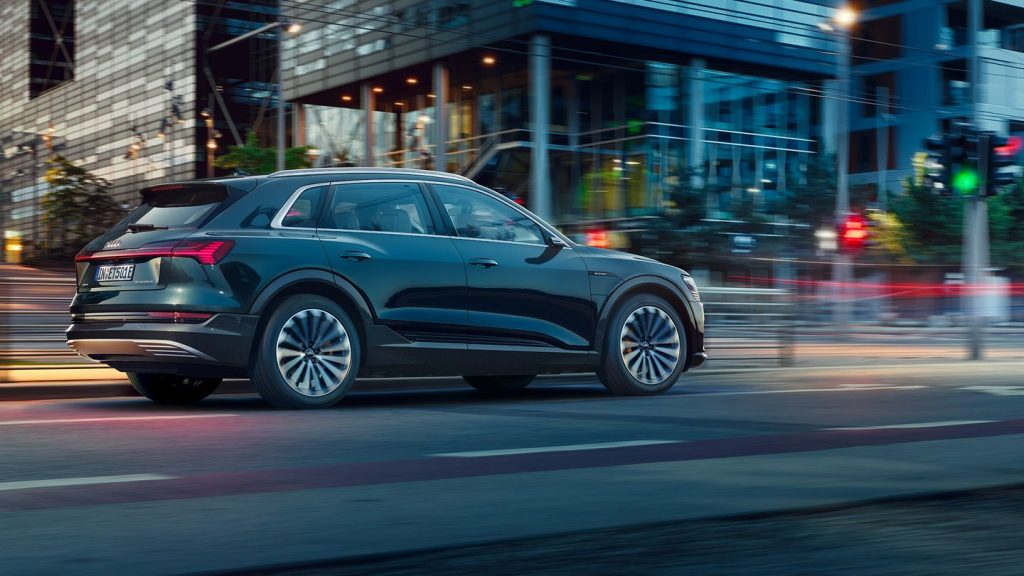
The vehicle is a medium-sized hybrid SUV with a range of 405 kilometers on a single charge and a standard speed of 120 kilometers per hour. It takes 3 hours to charge at home and 4 hours at an outdoor station. It also boasts 21-inch alloy wheels and a 5-V-spoke star design for its exclusive sports features.
Specs
- 300kW Power (408 hp)
- Range of 405km per single full charge
- Smart Recuperation System
- Generous Leg and Headroom
- Virtually Silent Electric Drive
- Visionary Reflection Mirrors – 7-inch OLED Displays in the interior
- Automatic Transmission Type
- 11kW AC Wall Box Charger
- 5-Person Seating Capacity
- Power Steering
Jaguar I-PACE

The Jaguar I-Pace is yet another prominent electric car in the Philippines since it appears like a conventional SUV on the exterior, except it features a battery-operated motor substituted for a combustion engine. The gorgeous futuristic design of the Jaguar I-Pace reinforces the vehicle’s premium and futuristic aura as an electric vehicle.
Specs
- Matric LED Headlights with Signature DRL
- 20-inch Style 5068, Diamond Turned with Gloss Dark Grey contrast wheels
- Fixed Panoramic Roof
- 16-way Heated and Cooled Electric Driver Memory Front Seats
- Meridian 3D Surround Sound System
- Head-up Display
- Lower Touchscreen
- Wireless Device Charging
- EV Technology
BMW iX3
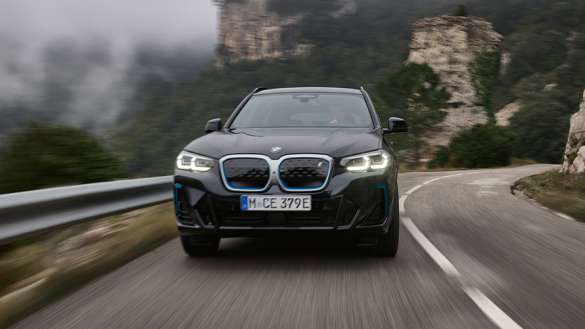
The iX3 is a sports SUV that combines outstanding maneuverability and economy. It is propelled by a battery-powered motor that delivers 235 kW and 600 Nm torque. Therefore, it can accelerate from 0 to 100 km/h in 5.8 seconds and peak out at 200 km/h.
The iX3 is the first car in its class to provide all its power from electricity, and BMW hopes to make EVs more common in the premium car market. A distinctive grille with azure surrounds, as well as customized alloy wheels with a more identifiable design, serve as aesthetic characteristics.
Specs
- 19-inch Aerodynamic Wheel 842 Bicolor
- Harman Kardon Loudspeaker System
- M Sports Package
- M Leather Steering Wheel
- M High-gloss Shadow Line
- M Roof Rails High-gloss
- Shadow Line and Illuminated Door Sills
- BMW Live Cockpit Professional
- Automatic Air Conditioning with 3-zone Control
- Panorama Glass Roof
- Sports Seats for Driver and Front Passenger
- 8-Hour Standard Charging Cable on House Socket
- 1-Hour and 30-Minute Wallbox
Porsche Taycan
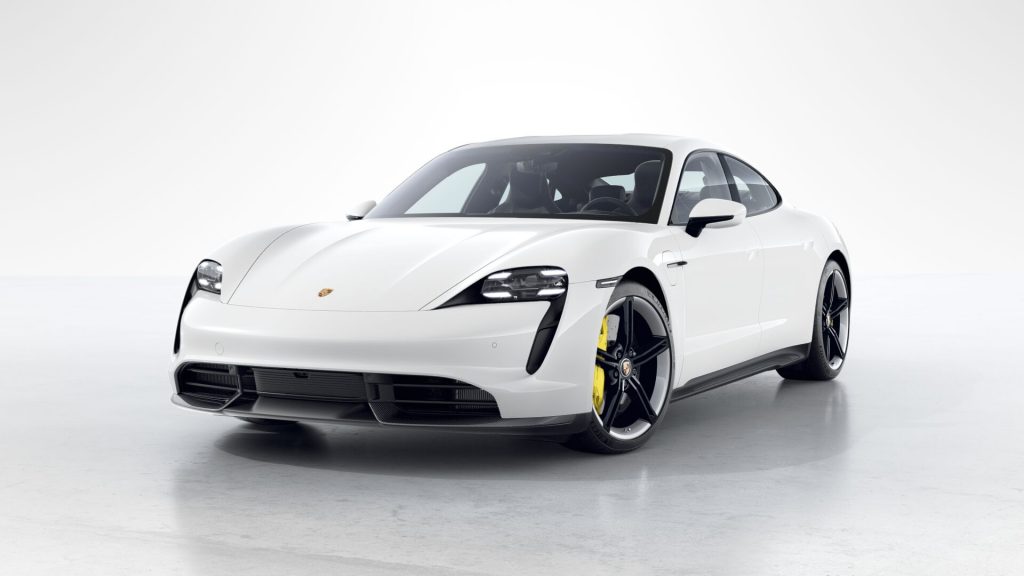
This ranks as one of the finest and most costly electric cars in the Philippines currently. The automobile was conceptualized by Porsche designers who were inspired by their 911 GT3 RS sports car, and this indicates it has outstanding steering features alongside superb driving capacities. If you are seeking something stylish and strong simultaneously, this is a great, robust, but economical green vehicle to look into.
Specs
- Electric Range Urban – 440-566km
- Electric Range Combined – 371-503km
- Electric Consumption Combined – 23.9-19.6 kWh/ 100km
- Zero CO2 Emissions
- Power up to 280kW at Performance Battery Plus
- Power up to 380PS Performance Battery Plus
- 5550 Maximum Wheel Torque with Launch Control at Performance Battery Plus
- 67dB(A) Sound Level of Passing Vehicle
- Electrical Consumption Combined – 26.kWh/ 100km
- Gross Battery Capacity – 93.4kWh at Power Battery Plus
- Charging TIme for Direct Current with 50kW (5 up to 80%) – 93 minutes
- Charging Time for Direct Current with Maximum Charging Power – 22.5 minutes
- Maximum Ground Clearance Air Suspension – 127mm

With the administration pushing environmentally friendly modes of transport and greater facilities for charging, electric cars in the Philippines are likely to expand dramatically. As advances in technology occur, the endurance, execution, and affordability of electric vehicles improve, thereby rendering them a more viable alternative for consumers for both private and enterprise groups.
The $3.8 million DTI-Unido Electronic Mobility Initiative, which runs from 2022 to 2027, intends to increase the use of green transportation in the Philippines. The DTI-Unido will give technological support to the national and local government units of these cities in order for them to build the appropriate e-vehicle regulatory framework and ecosystems to help maintain EVs. To put it clearly, electric cars in the Philippines assist the environment as novel innovations are developed each day.









